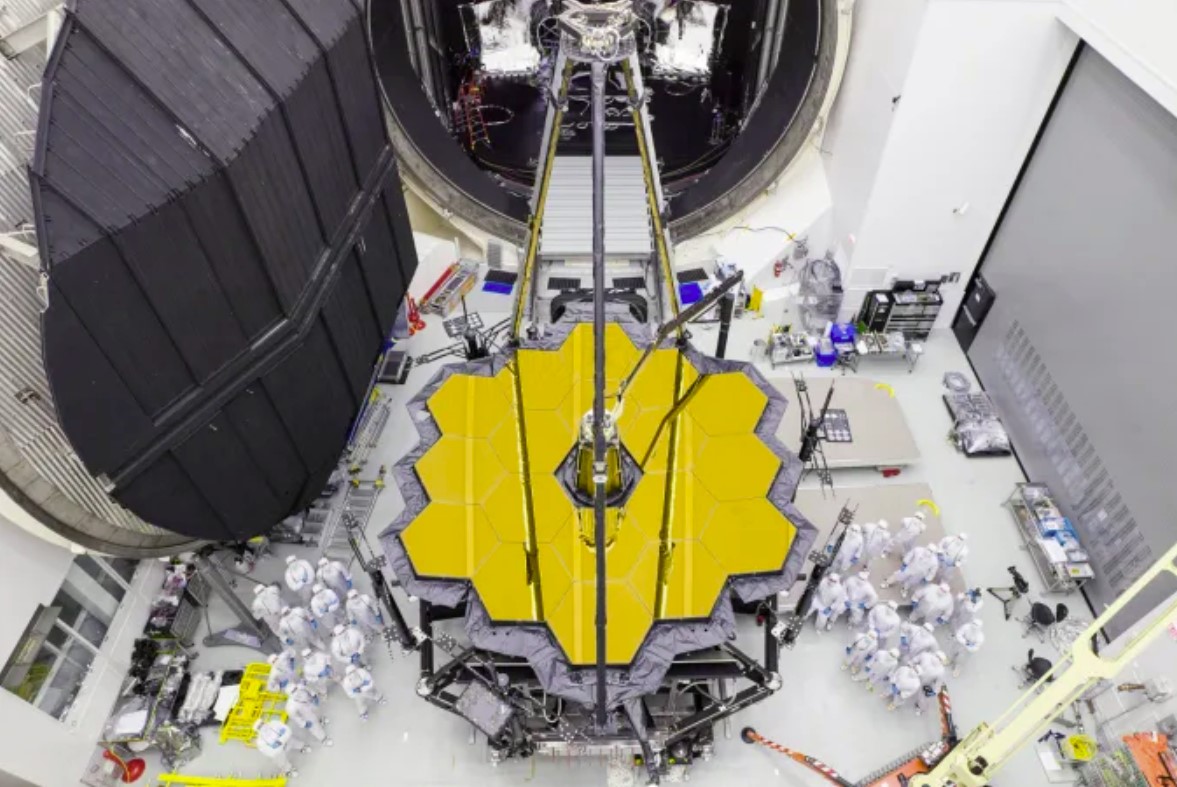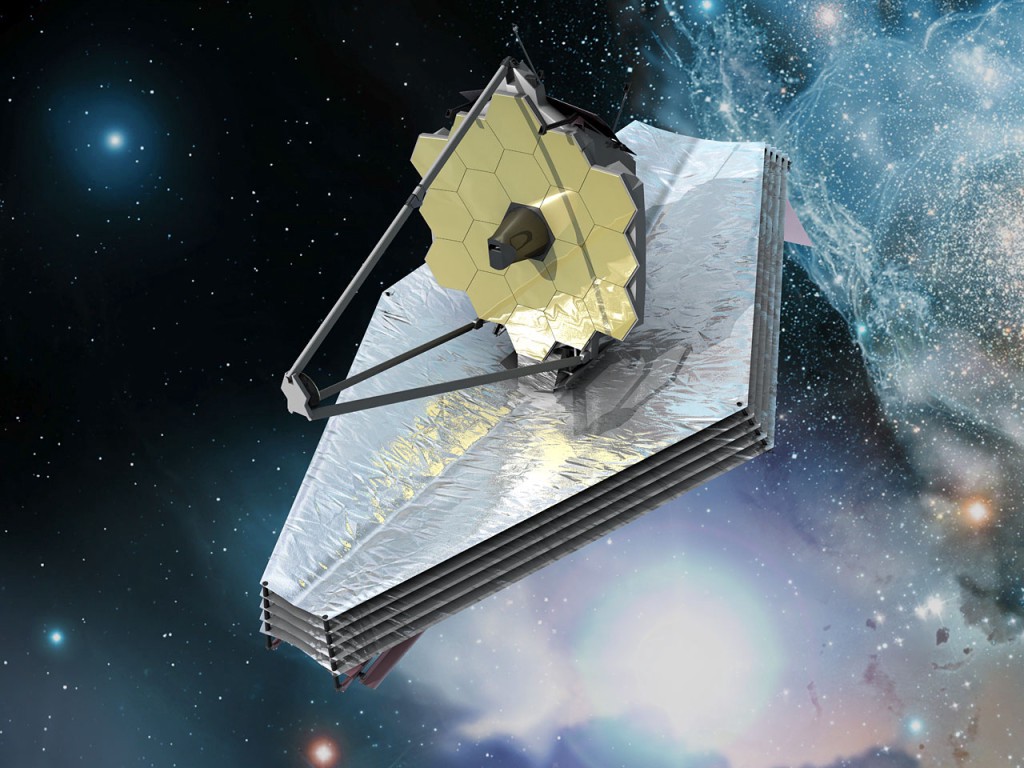A micrometeoroid strikes the NASA's James Webb Telescope

The James Webb Space Telescope is anticipated to provide tremendous insights into the early stages of star and galaxy formation, as well as potentially habitable exoplanets' atmospheres. That is why NASA and its partners have made it durable enough to withstand harsh environments, such as being bombarded by micrometeoroids flying at high velocities. Between May 23rd to May 25th, one of the telescope's major mirror segments was hit by a micrometeoroid that was larger than expected. The event was significant enough for NASA to detect a "negligibly small" effect in the data, but not significant enough to cause any damage to the telescope.
The team that built the James Webb Telescope has found that it still exceeds all mission expectations, according to NASA. The space agency said that when it was developing the telescope, its engineers used computer simulations and real-world impacts on mirror samples to ensure that it was well-protected. The telescope's flight teams, for example, may turn the scope's optics away from known meteor showers in order to avoid detection by various threats. The recent impact it incurred was considered an unavoidable hazard, and the micrometeoroid was bigger than what engineers could have simulated on the ground.

The good news is that Webb can alter the position of the mirror to compensate and minimize the effects of blows like this. Its engineers have already made one of several modifications to compensate for the damage on that part. In addition, a group of engineers has been established to study methods for reducing the impact from such strikes in future.
With NASA, the European Space Agency, and the Canadian Space Agency all planning to terminate Webb's operations next 10-20 yerars, you'd figure that they'll do everything possible to protect it.
Source: blogs.nasa.gov